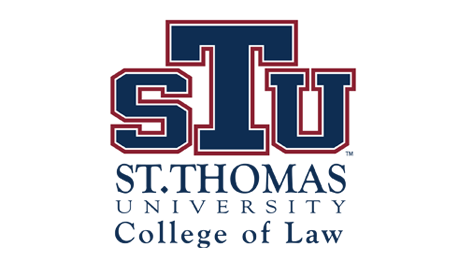Document Type
Article
Publication Title
St. Thomas Law Review
Abstract
Juridical discourse concerning life stories has been primarily concerned with property and contract issues, and categories such as "ownership" and "authorship." Such legal discourse generally fails to acknowledge the unique nature of Native American life stories, particularly when such stories are written in collaboration with a non-Native editor or transcriber. This essay focuses on one fundamental question with overlapping legal and ethical aspects: how does a non-Native collaborator avoid a colonizing relationship to Native American texts? In suggesting possible answers to this vexing question, I always have on the horizon of my mind's eye two figures-Emmanuel Levinas, the philosopher, and Coyote, the trickster. Both remind me of the dangers of paradigms and the difficulty of my task. Levinas reminds me that paradigms are guilty of irresponsibility and tend to destroy Otherness. Coyote reminds me that paradigms are meant to be broken in the name of fluidity and freedom. Keeping their admonitions in mind, I will attempt the delicate task of proposing an answer via the route of the master paradigm that is the law. It is well known that Native Americans have suffered legally sanctioned appropriation of property rights in genocidal proportions. But there is one area of property law that has yet to be explored in any detail-intellectual property rights of Native American life stories. When such life stories are, as often happens, written in collaboration with a non-Native editor, translator, or transcriber, the commodification and objectification of the Other becomes a real possibility. This hazard of appropriation is always present when a text is the product of two unequally powerful cultures. Collaborations also raise some thorny issues in copyright, since the law is uneasy with the concept of multiple authors for a single work. In grappling with some of the legal and ethical issues raised by collaborative life stories, I first describe the various legal options currently available for intellectual property rights in collaborative texts. Secondly, I explore the moral and ethical dimensions at stake in the categories of "authorship" and "ownership" of Native American life stories. Finally, I suggest some ways to legitimate the human rights underlying the property rights in Native American life stories by rethinking the category of "author" in relation to Native American cultural patrimony. I propose that collaborators should always contractually provide that the Native American subject retain copyright in his or her own life story. Throughout, I will keep at the forefront a central issue raised by the Jewish philosopher Emmanuel Levinas (who himself experienced the extreme contempt for Otherness that was the Holocaust)--how can we make it impossible to annihilate the Other? How can we find a way of thinking (and writing) that lets the Other be? The texts I am interested in-Native American life stories edited by, or written in collaboration, with a non-Native-pose a definitional problem. They often are categorized as "autobiography," and share many of the characteristics of autobiography-a first person narration of the story of an individual's life. Historically, though, they have been created by two people-one White, one Native American.? While such bicultural texts may "range from the literary right across to the anthropological," there is one thing they share in common: "the claim that this is a representation of an Indian speaking."4 For purposes of utility, I have labeled such personal narratives, written with a non-Native collaborator, as "Native American life stories."
First Page
69
Last Page
84
Publication Date
Fall 1996
Recommended Citation
Lenora Ledwon, Native American Life Stories and Authorship: Legal and Ethical Issues, 9 St. Thomas L. REV. 69 (1996).

